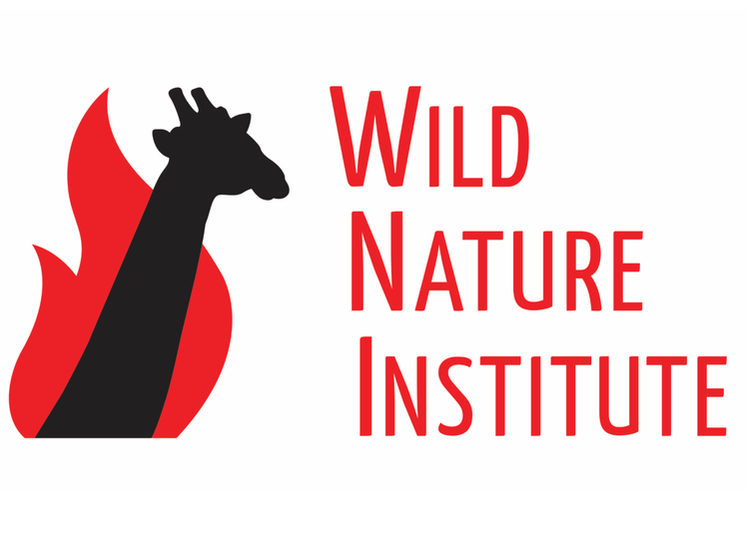|
On Saturday about 1000 children from Kigongoni Primary School in the Tarangire-Manyara region of Tanzania celebrated a Giraffe Fun Day, organized by Wild Nature Institute and PAMS Foundation. The kids had a great time reading the Juma the Giraffe storybook, and learning about what makes these mega-herbivores so special. The children also sang songs about giraffes, made giraffe masks and used them in a performance of Juma, and played sports in the afternoon. We joined the festivities with Jill Erzar, a visiting scientist and giraffe keeper from Como Park Zoo in Minnesota. Jill is working with Wild Nature Institute scientists Dr. Derek Lee and Monica Bond to quantify growth rates of giraffe calves (thanks to financial support from Como Friends). It was heartwarming for us, as giraffe-loving visitors to this country, to see so many Tanzanian kids excited about the giraffes in their own backyards. We are happy to support giraffe-themed education programs in the schools around the national parks where giraffes live, so people and giraffes can thrive together in the years to come. Thank you as always to all of the sponsors of our Celebrating Africa's Giants community education program for giraffes, elephants, and rhinoceroses.
0 Comments
We are excited to announce our first all-Tanzanian giraffe research crew - 'Twiga Team Alpha.' Meshack, Philip, and James are doing photographic surveys for giraffes in the Tarangire Ecosystem after being trained by Dr. Derek Lee. The goal is to have several crews working in parks throughout northern Tanzania to obtain data on individual giraffes throughout the year, to better understand where and why giraffes are thriving or not. Our state-of-the-art, long-term conservation science for giraffes is contributing to effective conservation strategies for this magnificent mega-herbivore. Congratulations Twiga Team Alpha for completing their first survey and doing a GREAT job!
In September, Wild Nature Institute's Education Consultant Lise Levy conducted a training for teachers in several schools in the Monduli District of Tanzania. These schools are supported by the Denmark-based relief organization International Aid Services. The teachers had a wonderful day learning the hands-on activities for our Juma the Giraffe children's book, and the children will be receiving their very own copies of Juma and the activity book Twiga Na Rafiki Zake (thanks to IAS donors for printing costs). Thank you to Lise for developing the wonderful activities and conducting the training, Mariam for organizing the training and fundraising to print the books, and to our Celebrating Africa's Giants program donors for supporting the development and distribution of our educational materials.
We have just completed our 42nd photographic capture-recapture survey to identify individual giraffes in the Tarangire-Manyara Ecosystem in Tanzania. We began with a pilot study in 2011, and since 2012 have regularly conducted 6 annual surveys of these iconic mega-herbivores to understand where they are doing well, where they are not, and why. Our goal is to identify what is good for giraffes and what harms giraffes, so we can conserve these animals for future generations. As always, we thank our funders without whom we could not do this important work.
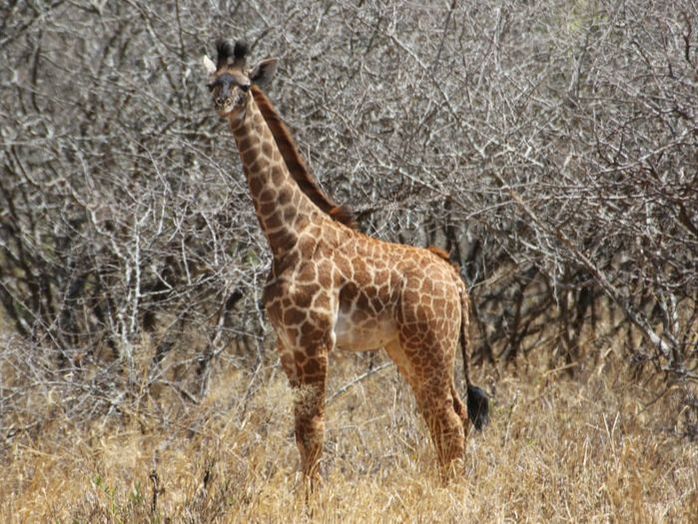 50-year-old Hypothesis Confirmed with Modern Techniques
Giraffe spots are distinctive and beautiful, as shown by the popularity of giraffe patterns in fashion and design. But how giraffe patterns came to be and what purpose they serve in the wild was a mystery until this week. Dr. Derek Lee, associate research professor at Penn State University and principal scientist at the Wild Nature Institute published the results of a study today that revealed wild giraffe spot patterns are heritable, with elements of the pattern passed down from mother to offspring, and certain spot traits improved survival for newborns. Coats with complex patterns are found on many mammal species from anteaters to zebras, and these pelage traits are hypothesized to improve survival and reproduction by affecting predator and parasite evasion, temperature regulation, and social communication. This study was the first to examine complex mammal coat markings as individual traits that might have fitness consequences. Dr. Lee said, “Quantifying heritability and fitness consequences of mammal coat pattern traits will help us understand how and why complex coat patterns evolved in wild animals.” Dr. Anne Innis Dagg, the first giraffe field researcher in Africa, presented evidence in 1968 that the shape, number, area, and color of spots in giraffe coat patterns may be heritable, but her analysis came from a small zoo population. Forty-nine years later, Lee’s study used a new dataset and modern analysis to confirm Dagg’s hypothesis. The heritability finding was neither surprising nor original, but science advances through replication of studies and the slow accumulation of evidence. The novel aspects of Lee’s study were the use of image analysis software to objectively measure various traits present in giraffe coat patterns, and statistics to quantify the heritability and fitness consequences of the patterns. The spot pattern traits of circularity and jaggedness of edge were passed from mother to offspring, and variation in the coat patterns of 258 giraffe calves significantly affected their survival during the first few months of life, suggesting spot traits may be associated with anti-predator camouflage. Coauthor Monica Bond, doctoral candidate in ecology at the University of Zurich and principal scientist at the Wild Nature Institute, noted “Survival in the wild is precarious, and any small advantage such as what these spot traits provided, can mean the difference between an individual’s life and death.” Spot traits might also serve other adaptive functions such as social communication, kin recognition, or thermoregulation, and might be associated with other fitness aspects like survival or fecundity of older giraffes. Giraffe skin color is grey, but the spots that make up their fur coat markings are highly variable in color and shape. Because each animal’s patterns are unique and do not change with age, natural coat patterns identify individuals, so wildlife conservation researchers like Dr. Lee use the patterns to study animals without the need for dangerous and traumatic captures. “Now that we know that genetic variation underlies spot pattern variation in giraffes it should be possible with the aid of the giraffe genome sequence to discover the specific genes that determine spot patterns.“ noted Douglas Cavener, Professor of Biology and Verne M. Willaman Dean of the Penn State Eberly College of Science, and coauthor of the paper. Lee said, “My hope is that other scientists will use the same tools to measure the traits of complex mammal coat patterns and this will advance our understanding of what these patterns mean.” Giraffes are vulnerable to extinction with a 40% decline over the past few decades. The Wild Nature Institute is running the world’s largest giraffe research project in northern Tanzania, and their results are informing species conservation and the field of evolutionary ecology. Lee DE, Cavener DR, Bond ML. 2018. Seeing spots: Quantifying mother-offspring similarity and assessing fitness consequences of coat pattern traits in a wild population of giraffes (Giraffa camelopardalis). PeerJ. doi: 10.7717/peerj.5690. |
Science News and Updates From the Field from Wild Nature Institute.
All Photos on This Blog are Available as Frame-worthy Prints to Thank Our Generous Donors.
Email Us for Details of this Offer. Archives
July 2024
|
|
Mailing Address:
Wild Nature Institute PO Box 44 Weaverville, NC 28787 Phone: +1 415 763 0348 Email: [email protected] |
|

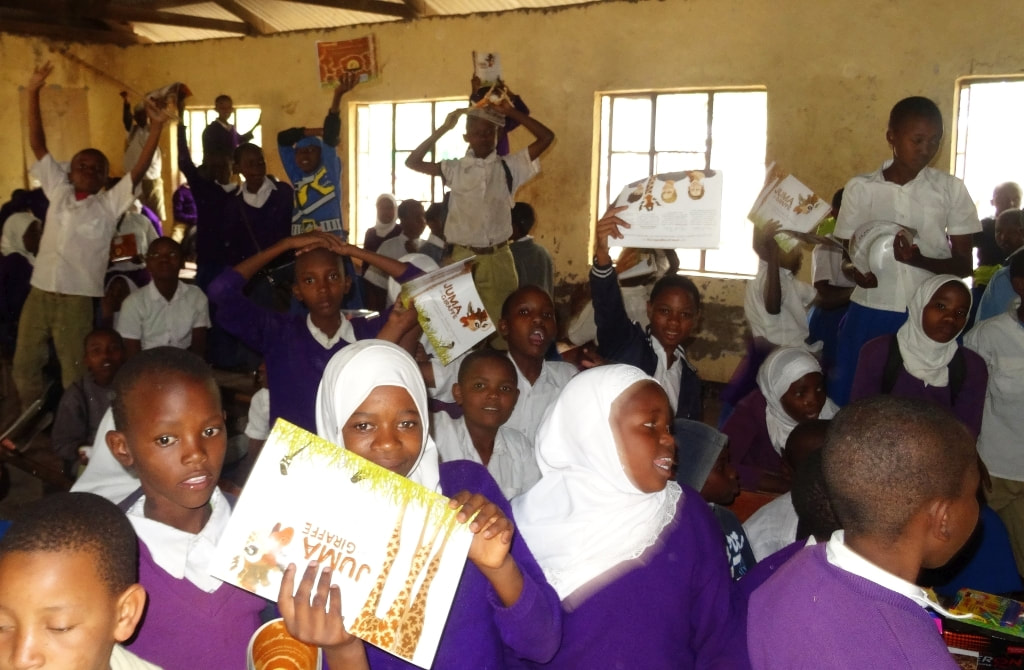
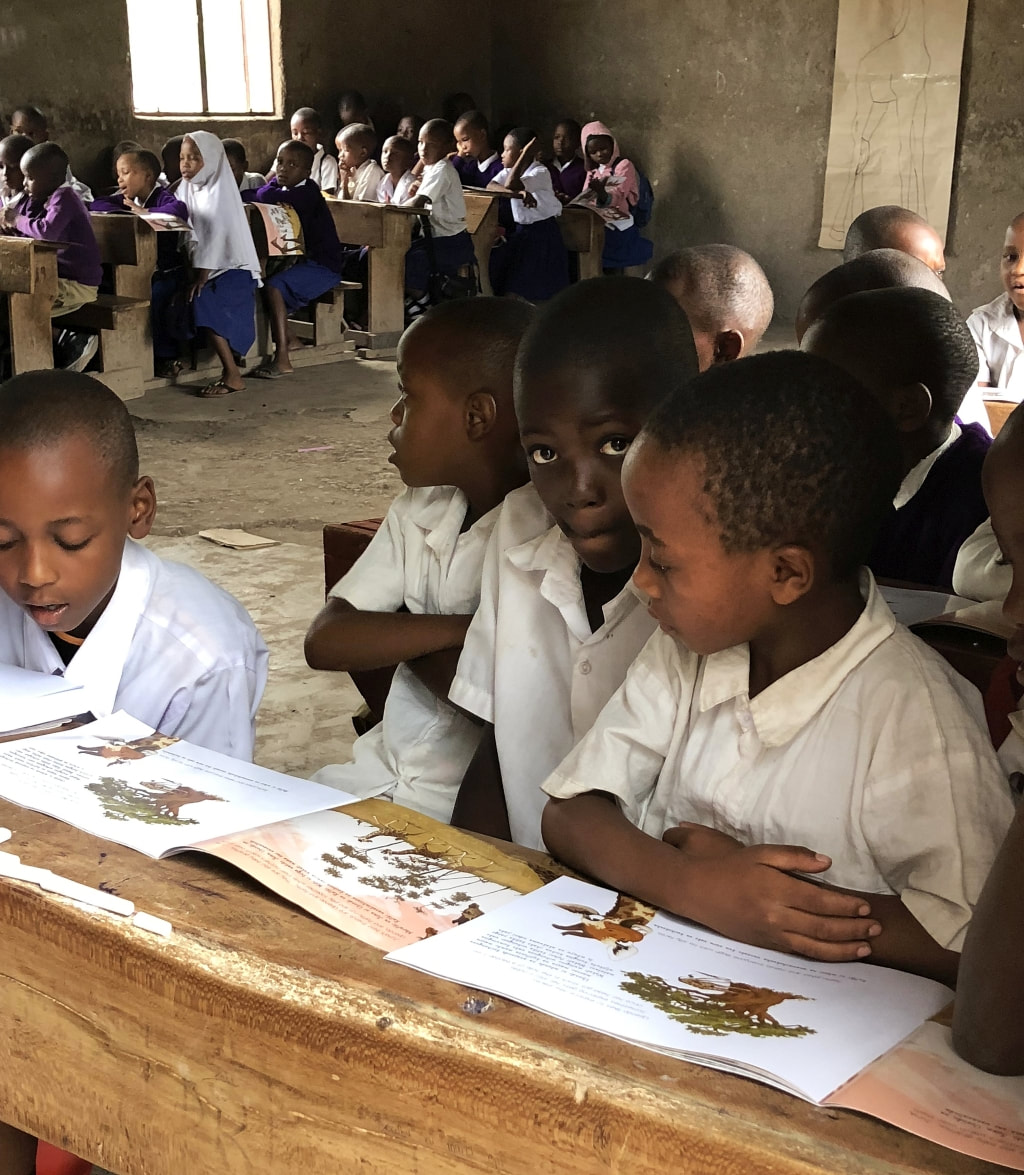
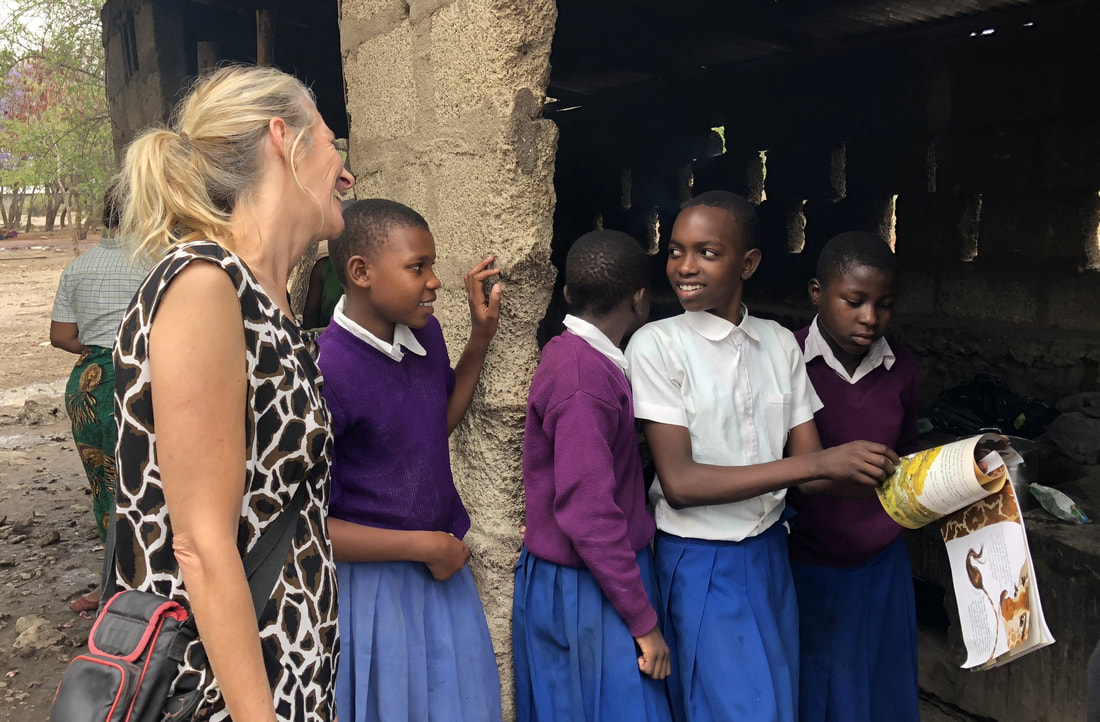
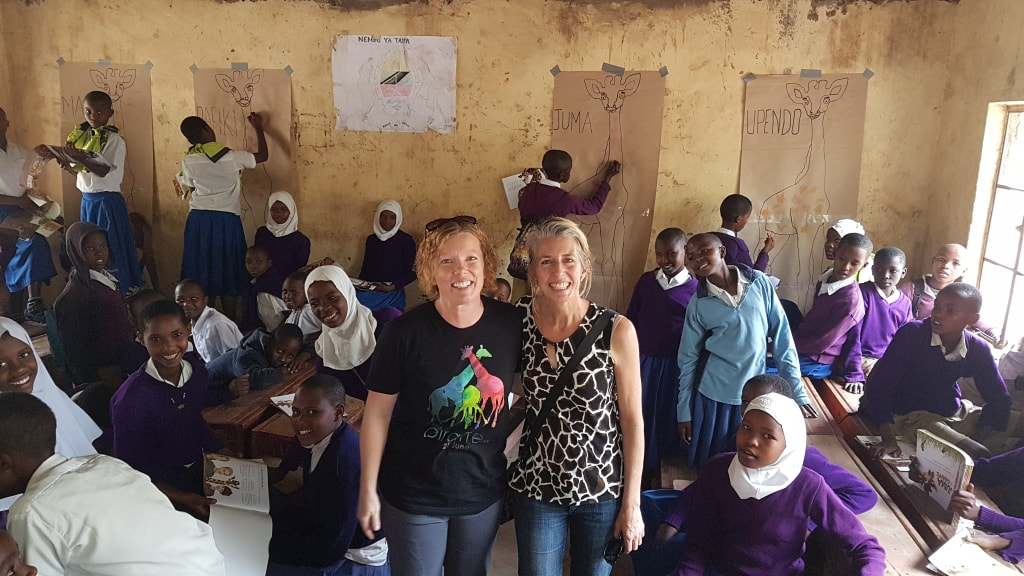
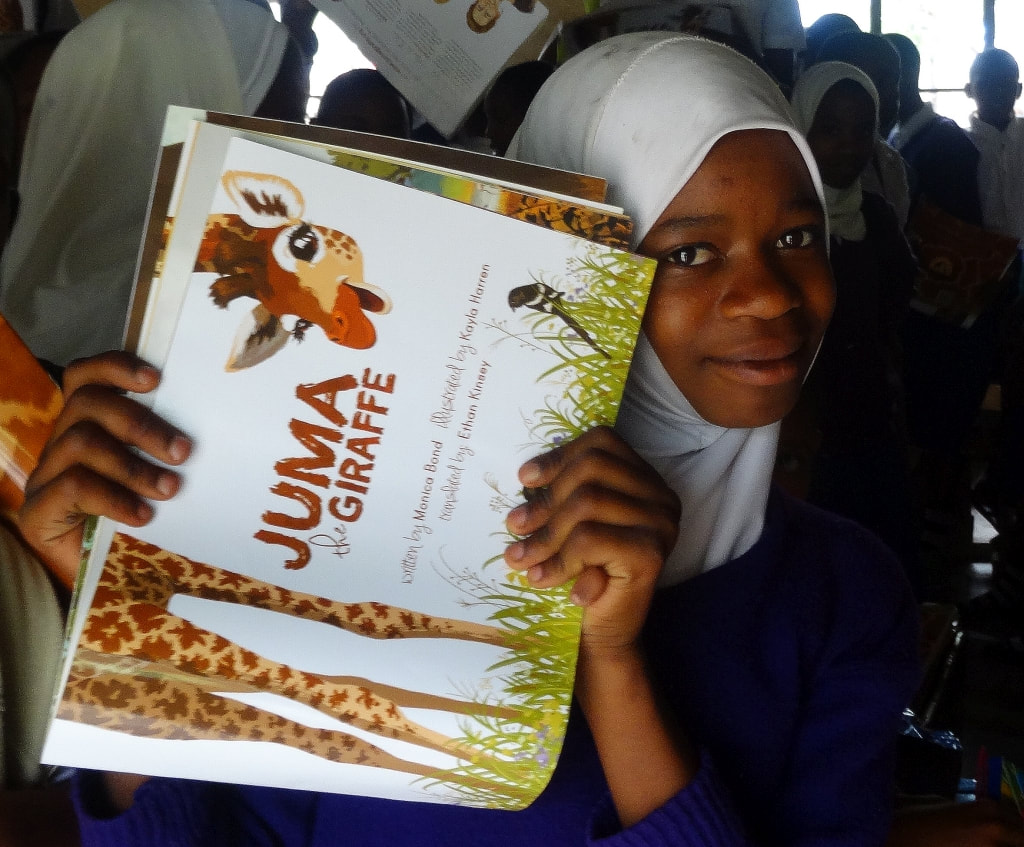
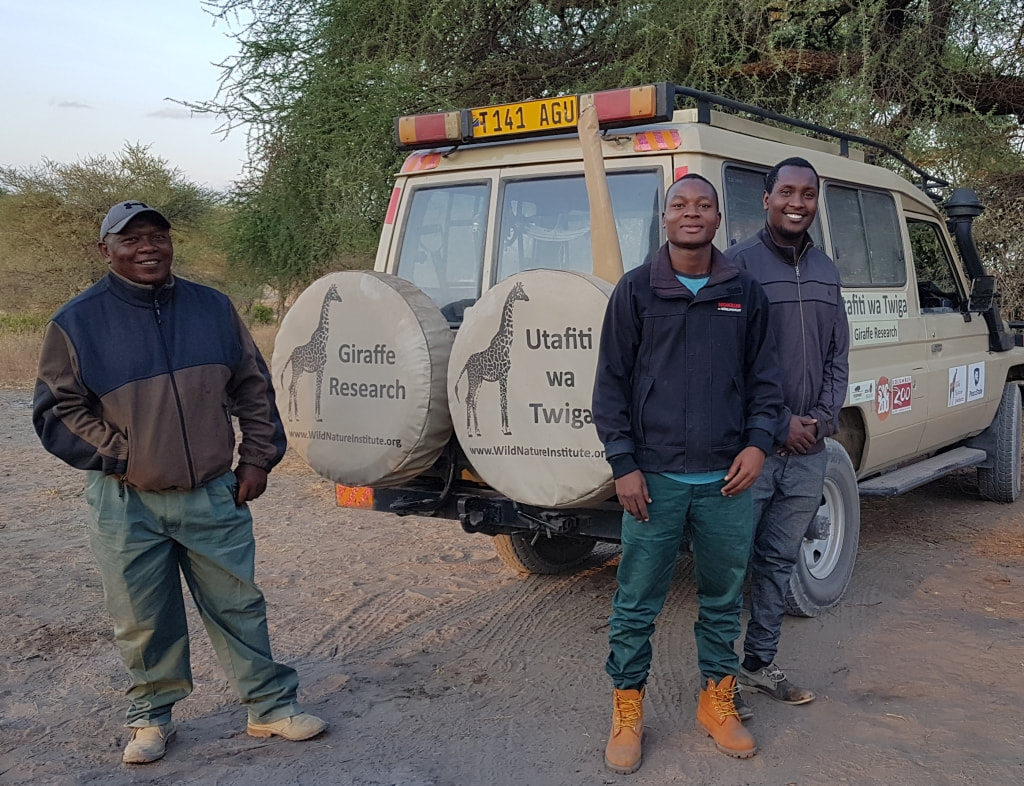
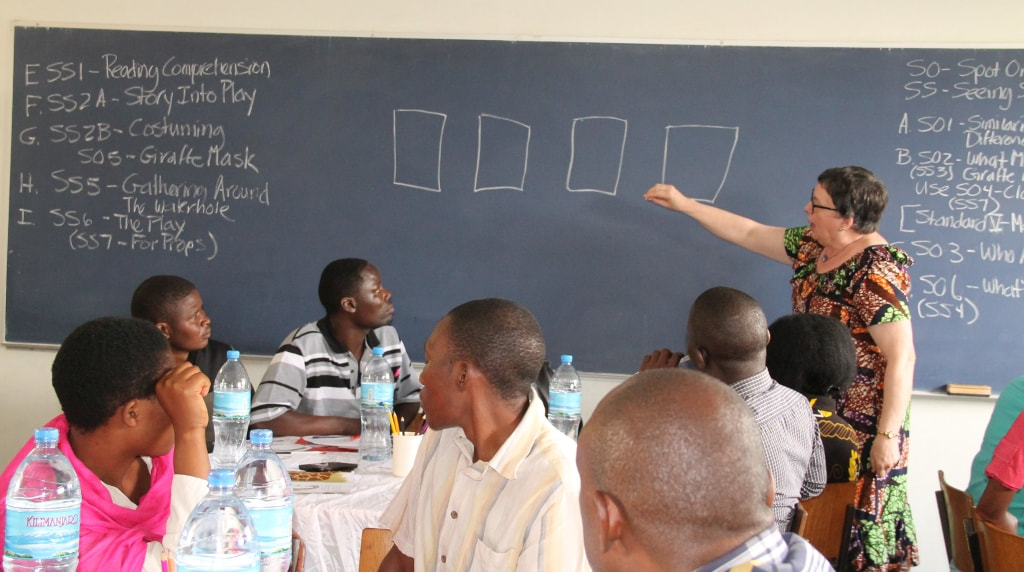
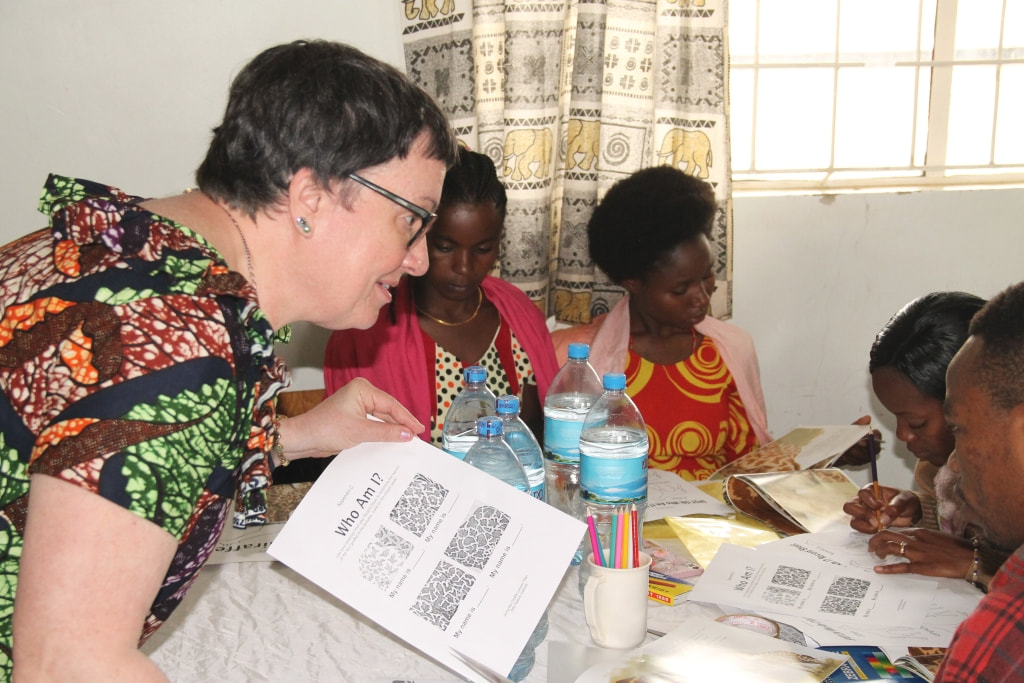
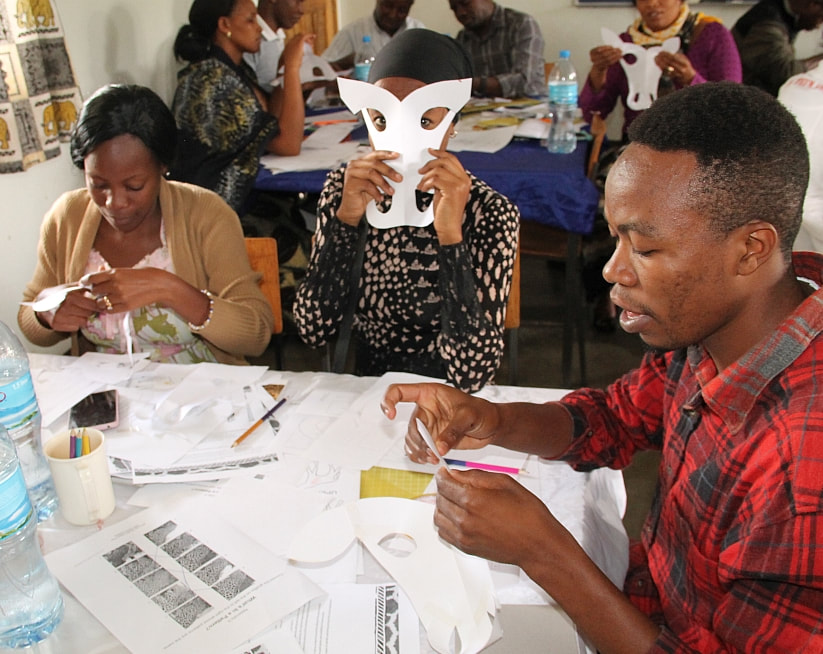
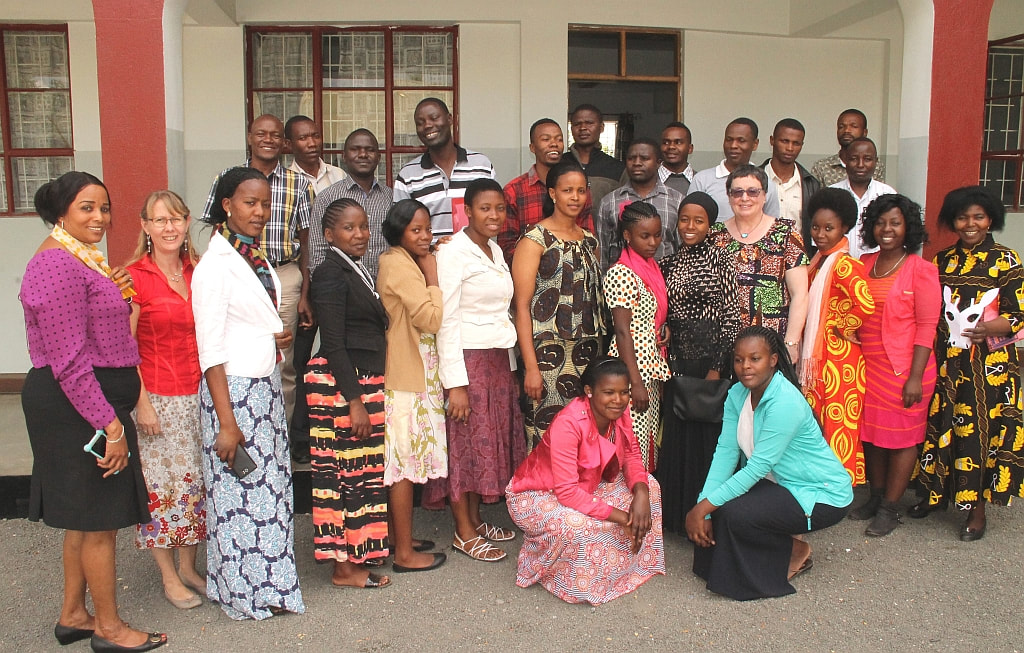
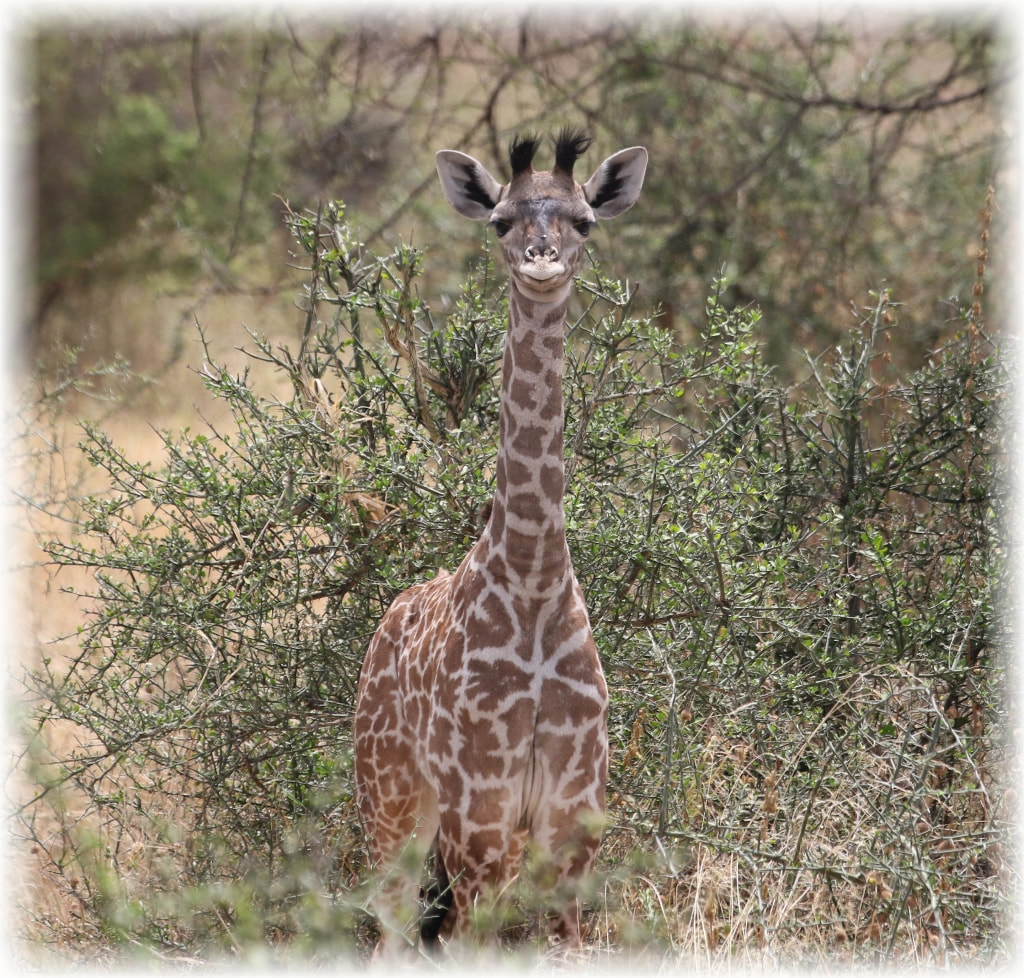
 RSS Feed
RSS Feed
